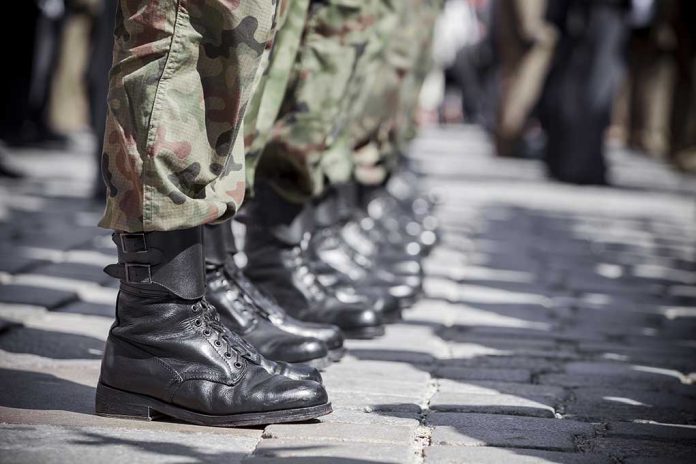
The Pentagon is deploying additional U.S. troops to the Middle East as tensions escalate between Israel and Hezbollah, raising concerns about a potential regional conflict.
At a Glance
- U.S. sending additional troops to Middle East amid Israel-Hezbollah tensions
- Exact number and tasks of troops not disclosed, citing operational security
- Current U.S. troop presence in the region stands at about 40,000
- Deployment aims to defend Israel and protect U.S. and allied assets
- State Department advises Americans to leave Lebanon due to increasing risks
U.S. Bolsters Military Presence in Middle East
In response to escalating violence between Israel and Hezbollah, the Pentagon has announced the deployment of additional U.S. troops to the Middle East. This move comes as part of a precautionary measure to safeguard American interests and support allies in the region. The decision underscores the growing concern over the potential for a wider regional conflict.
While the exact number of troops and their specific assignments remain undisclosed due to operational security concerns, the deployment signifies a clear strategic shift. The U.S. currently maintains approximately 40,000 troops in the Middle East, and this increase aims to bolster defensive capabilities and deter any potential escalation of hostilities.
Naval Assets Repositioned
In addition to ground troops, the U.S. is repositioning naval assets to enhance its presence in the region. The aircraft carrier USS Harry S. Truman and its accompanying ships have departed for Europe, potentially allowing for two carrier strike groups to operate simultaneously in the Middle East – a rare occurrence that highlights the seriousness of the situation.
“In light of increased tension in the Middle East and out of an abundance of caution, we are sending a small number of additional U.S. military personnel forward to augment our forces that are already in the region,” Ryder said. “But for operational security reasons, I’m not going to comment on or provide specifics.”
The USS Abraham Lincoln is currently positioned in the Gulf of Oman, while the USS Harry S. Truman is en route to the Mediterranean Sea. This strategic positioning allows for rapid response capabilities should the need arise.
Escalating Violence and Diplomatic Efforts
The deployment comes in the wake of significant Israeli strikes in Lebanon, resulting in hundreds of casualties. Israeli Prime Minister Benjamin Netanyahu has issued warnings to Lebanese civilians to evacuate ahead of further airstrikes, indicating a potential intensification of military operations.
As tensions rise, the U.S. is actively pursuing diplomatic channels to de-escalate the situation. The Biden administration plans to present proposals at the United Nations General Assembly aimed at restoring calm along the Israel-Lebanon border. Defense Secretary Lloyd Austin has been in direct communication with Israeli Defense Minister Yoav Gallant, advocating for a cease-fire and emphasizing the importance of finding a diplomatic solution.
Safety Concerns for U.S. Citizens
The State Department has issued a strong advisory for Americans in Lebanon to leave the country while commercial travel options remain available. This precautionary measure underscores the heightened risk of the conflict expanding and potentially endangering U.S. citizens in the region.
“Due to the unpredictable nature of ongoing conflict between Hezbollah and Israel and recent explosions throughout Lebanon, including Beirut, the U.S. Embassy urges U.S. citizens to depart Lebanon while commercial options still remain available,” the State Department cautioned.
As the situation continues to evolve, the U.S. military presence aims to defend Israel, protect U.S. and allied personnel and assets, and maintain regional stability. The coming weeks will be crucial in determining whether diplomatic efforts can succeed in de-escalating tensions and preventing a broader conflict in the Middle East.













